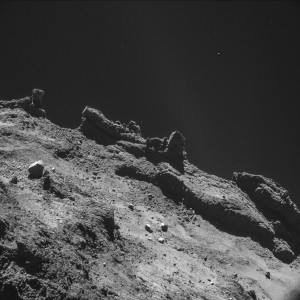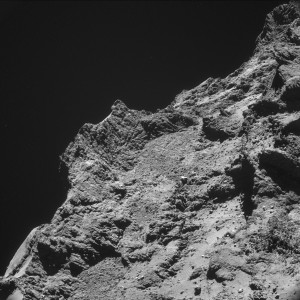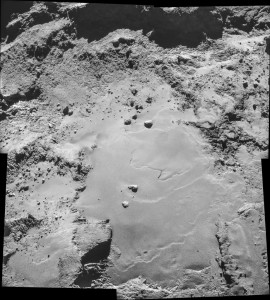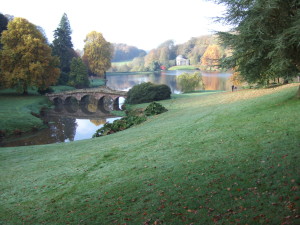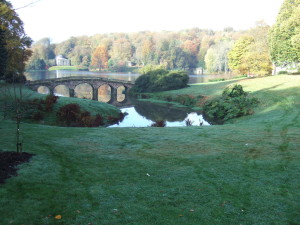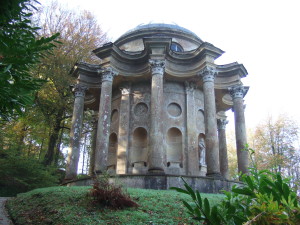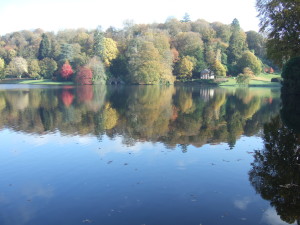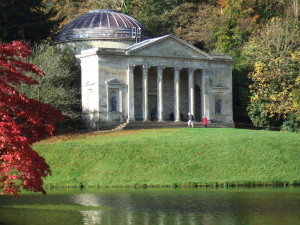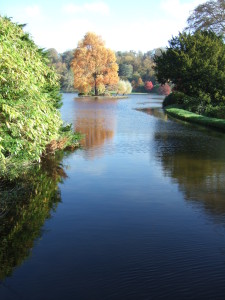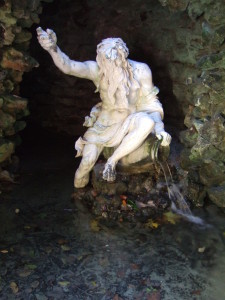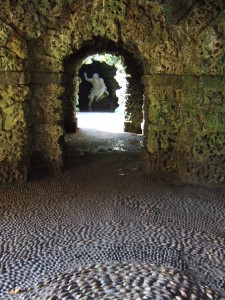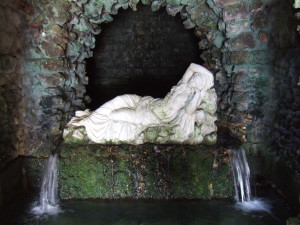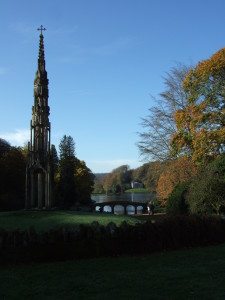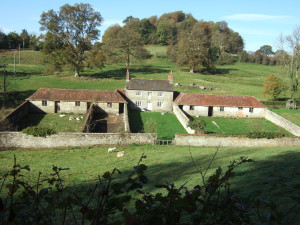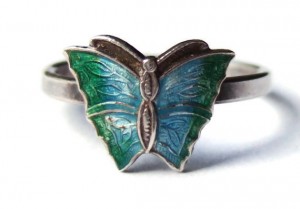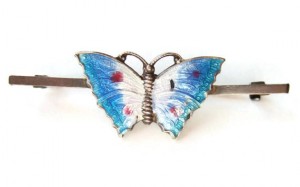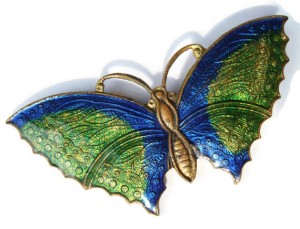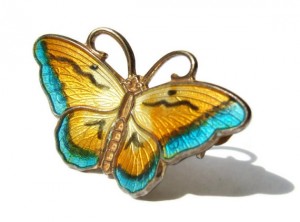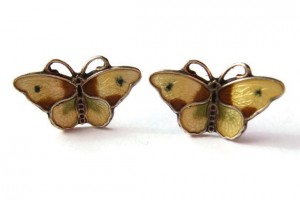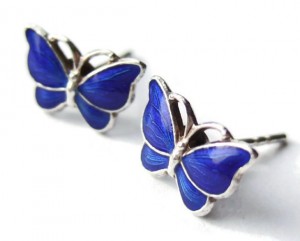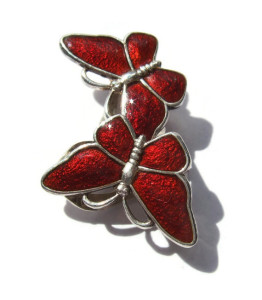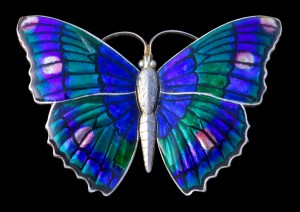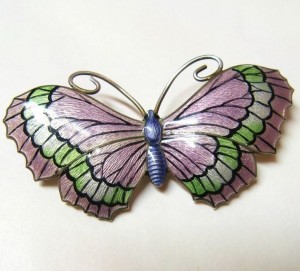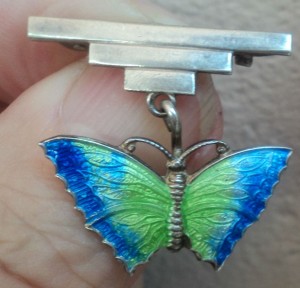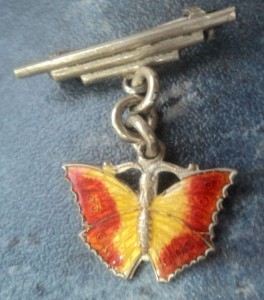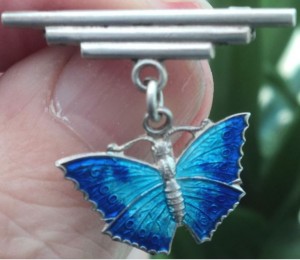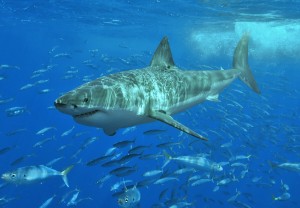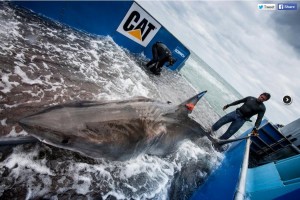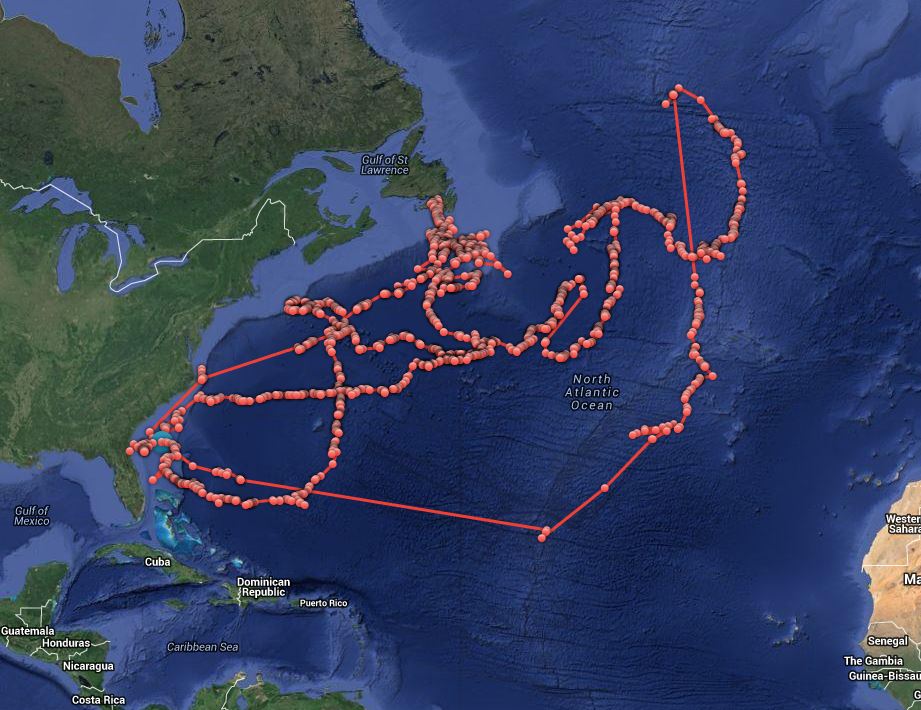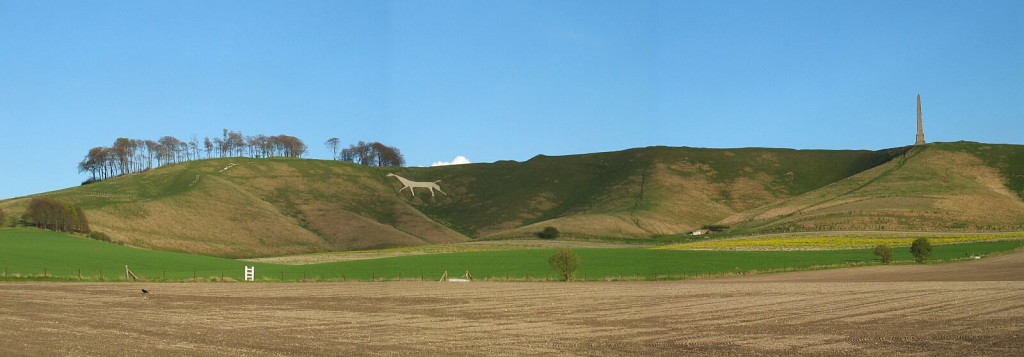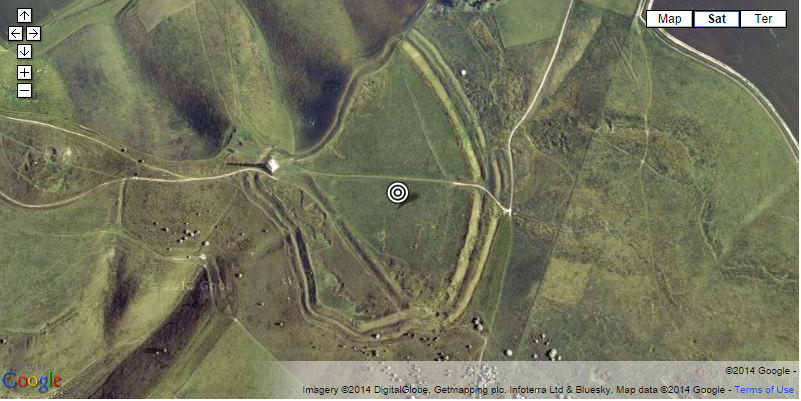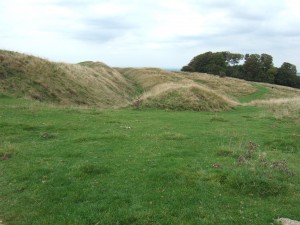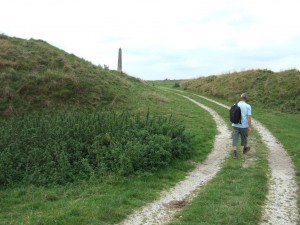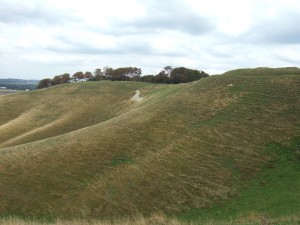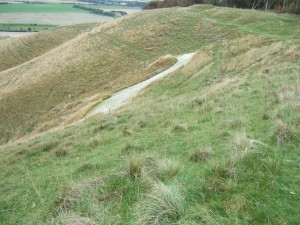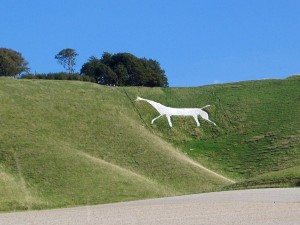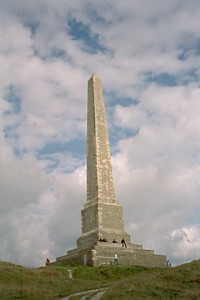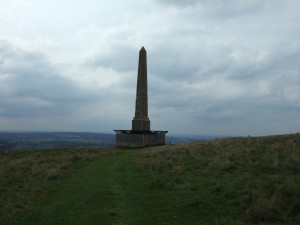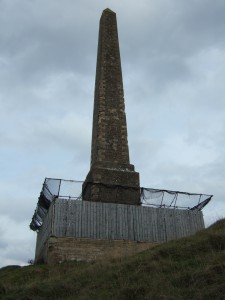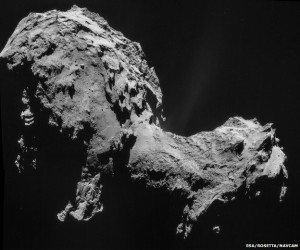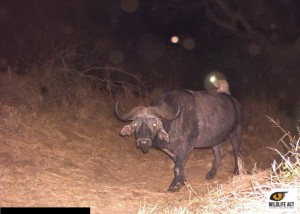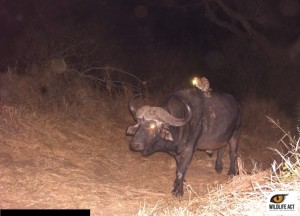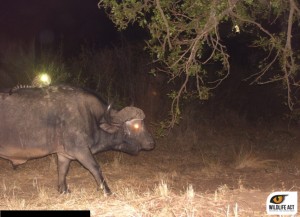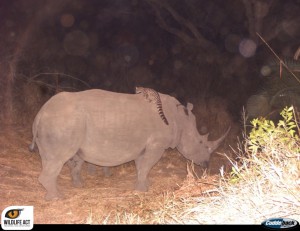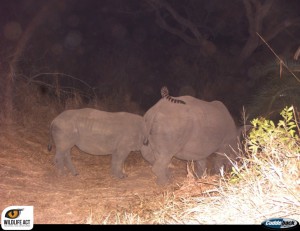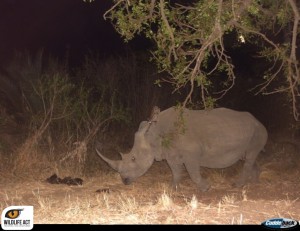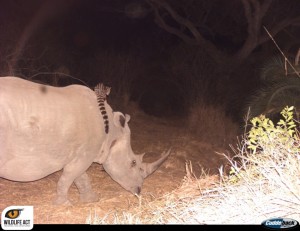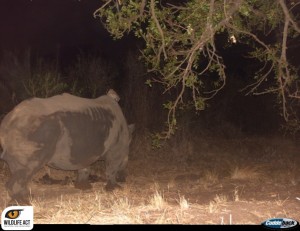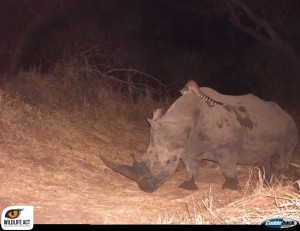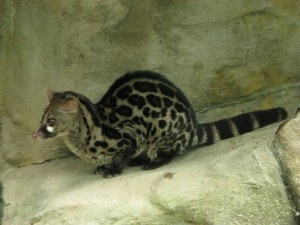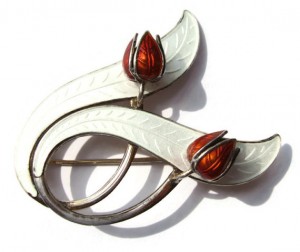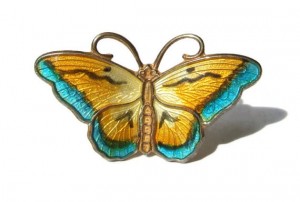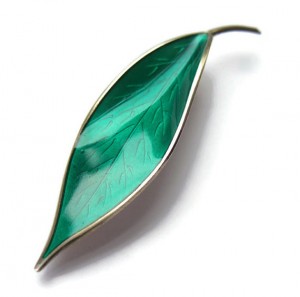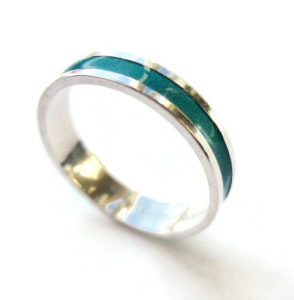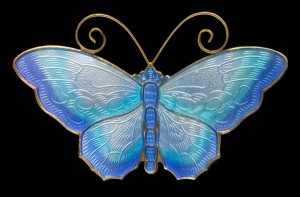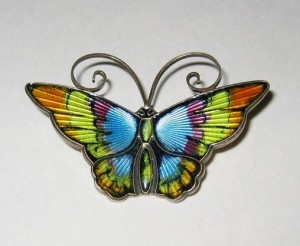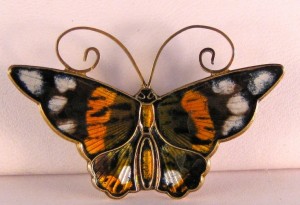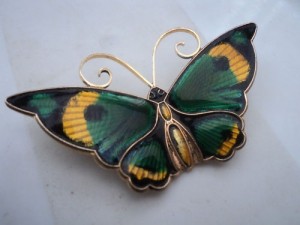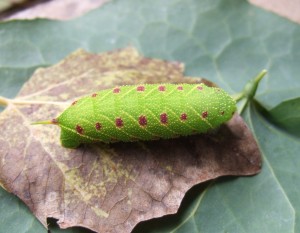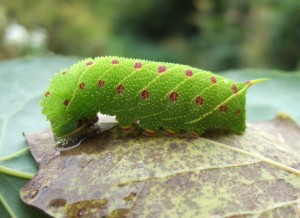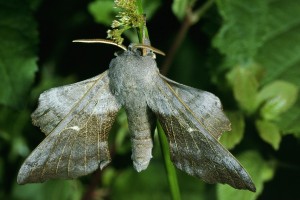The countdown for the release of the Philae probe from the Rosetta spacecraft, and its 7 hour journey down to the surface of comet Comet 67P/Churyumov-Gerasimenko, has begun. This is a historic and quite mind-boggling mission. Rosetta, the European Space Agency’s robotic spacecraft, spent the last 10 years travelling from earth to to rendezvous with the comet. It then spent a few months in orbit around the c. 6 km long comet, mapping its terrain to establish the likely safest landing place for Philae, the probe it is carrying.
But not for much longer! If all goes to plan, at around 8.35 am GMT/UTC tomorrow, Philae will separate from Rosetta and head off down to the surface of the comet. The descent will take some seven hours. Once it makes touchdown, it will secure itself to the icy surface of the comet using harpoons and screws. The signal that the mission has succeeded should be received back on earth at about 4.00 pm GMT/UTC the same day.
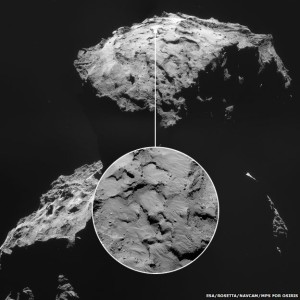
The targeted landing place for the Philae probe on Comet 67P/Churyumov–Gerasimenko. Photo by ESA, taken from Rosetta.
The risks are great—Philae may not even touch down on the comet. It may make a bad landing and fall over, and it has no means of righting itself should this happen.
If it does succeed, it will then commence the varied scientific analyses it is equipped for. First and foremost, it will photograph its landing spot. This will be the first ever photograph taken on the surface of a comet. Amazing!
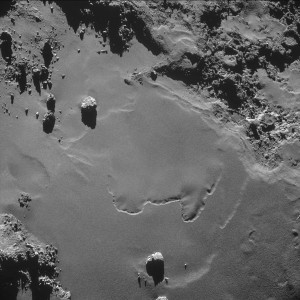
Much smoother terrain on the comet. Not the landing spot, but similar to the sort of place that has been chosen, with fewer obstacles.
The BBC has provided a schedule of tomorrow’s activities (all times in GMT/UTC):
- Rosetta delivery manoeuvre – shortly after 06:00
- Latest Go/No-go decision – before 07:35
- Philae separates from Rosetta – 08:35
- Confirmation signal at Earth of separation – 09:03
- Rosetta’s post-delivery manoeuvre – 09:15
- Radio connection established – 10:30
- First data from descending Philae after 12:00
- Landing of Philae on 67P – after 15:30
- Confirmation signal at Earth – around 16:00
There is a much more detailed one at ESA’s website.
I will be watching and waiting with bated breath. The landing is being broadcast live by ESA: it can be viewed here, right now!
